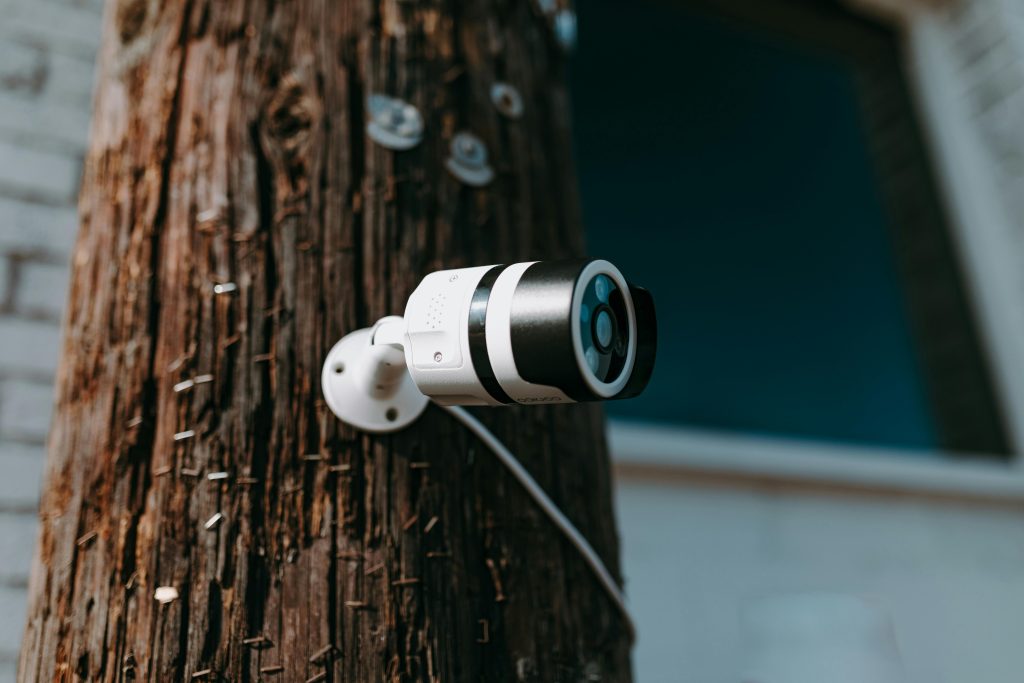Uncovering a Hidden Treasure: My Experience with an Alienware Laptop Discovery
Recently, while rummaging through the recycling area of my condominium, I stumbled upon an intriguing find—a discarded Alienware laptop. Although it was missing its bottom panel and hard drive, I managed to repurpose it by installing my own hard drive, securing it with some tape.
The laptop boasts an impressive Intel Core i7 4720HQ processor with 8GB of RAM. As a gamer, I own a desktop rig featuring an i7 4770 and a GTX 970, and I was optimistic that this laptop might harbor either a GTX 960 or 970. As a new dad, my gaming time is limited, and I contemplated selling my desktop to make way for this portable option.
However, after performing a fresh installation of Windows 10, I was dismayed to find that the laptop was operating solely on integrated graphics. This left me wondering: Is it possible that Alienware produced a line of laptops without dedicated GPUs? Could the GPU be malfunctioning, and if so, is there any way to activate it?
Upon booting the system, an error message indicated a need to replace the battery. I started to question whether the laptop’s power-saving methods required it to draw energy from the battery when operating the dedicated GPU.
While I feel confident navigating hardware components, I often struggle with software-related issues. Therefore, I turned to the online community for guidance.
After initiating a sequence of Windows updates, I was hopeful that this might resolve my dilemma. If necessary, I planned to install GeForce Experience to determine if it could detect the graphics card, and I intended to explore the BIOS settings for further insights.
Once the updates were completed, I received confirmation that the laptop housed a GTX 970M, with the system reporting that “this device is working properly.” However, I soon discovered that running Minecraft on maximum settings resulted in frustratingly low frame rates of 20-40 FPS.
This prompted me to consider whether disabling the integrated graphics would enhance performance. But would such a move risk destabilizing my Windows installation if the 970M had underlying issues?
Despite my uncertainties, I was optimistic. I specifically assigned Minecraft to utilize the GTX 970M, leading to a noticeable increase in frame rates—stabilizing closer to 60 FPS during gameplay.
While progress was being made, I was still concerned about the potential unwarranted activation of integrated graphics. I wanted to
Share this content:



